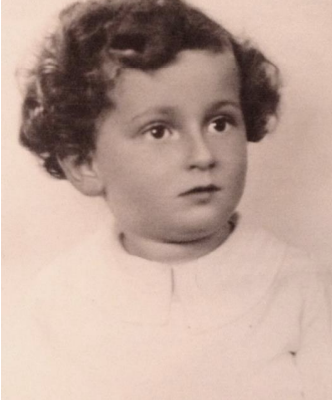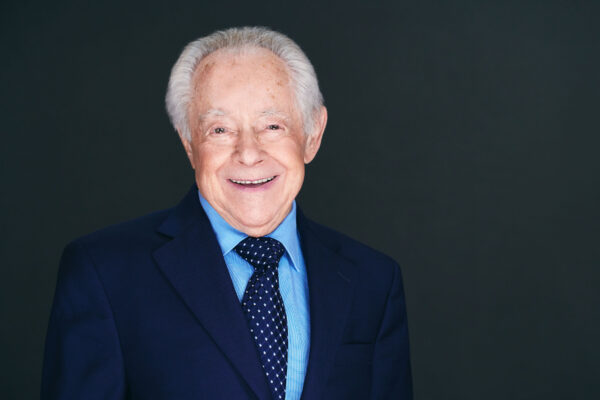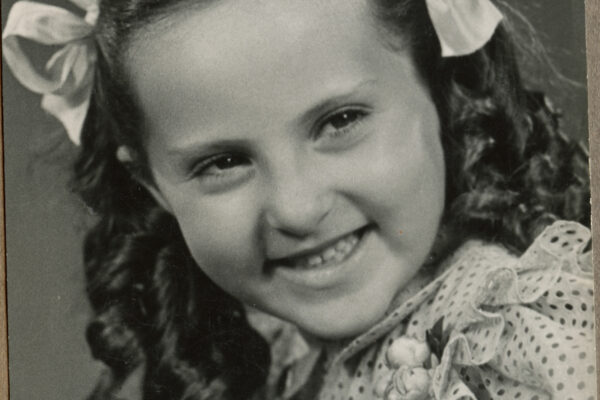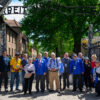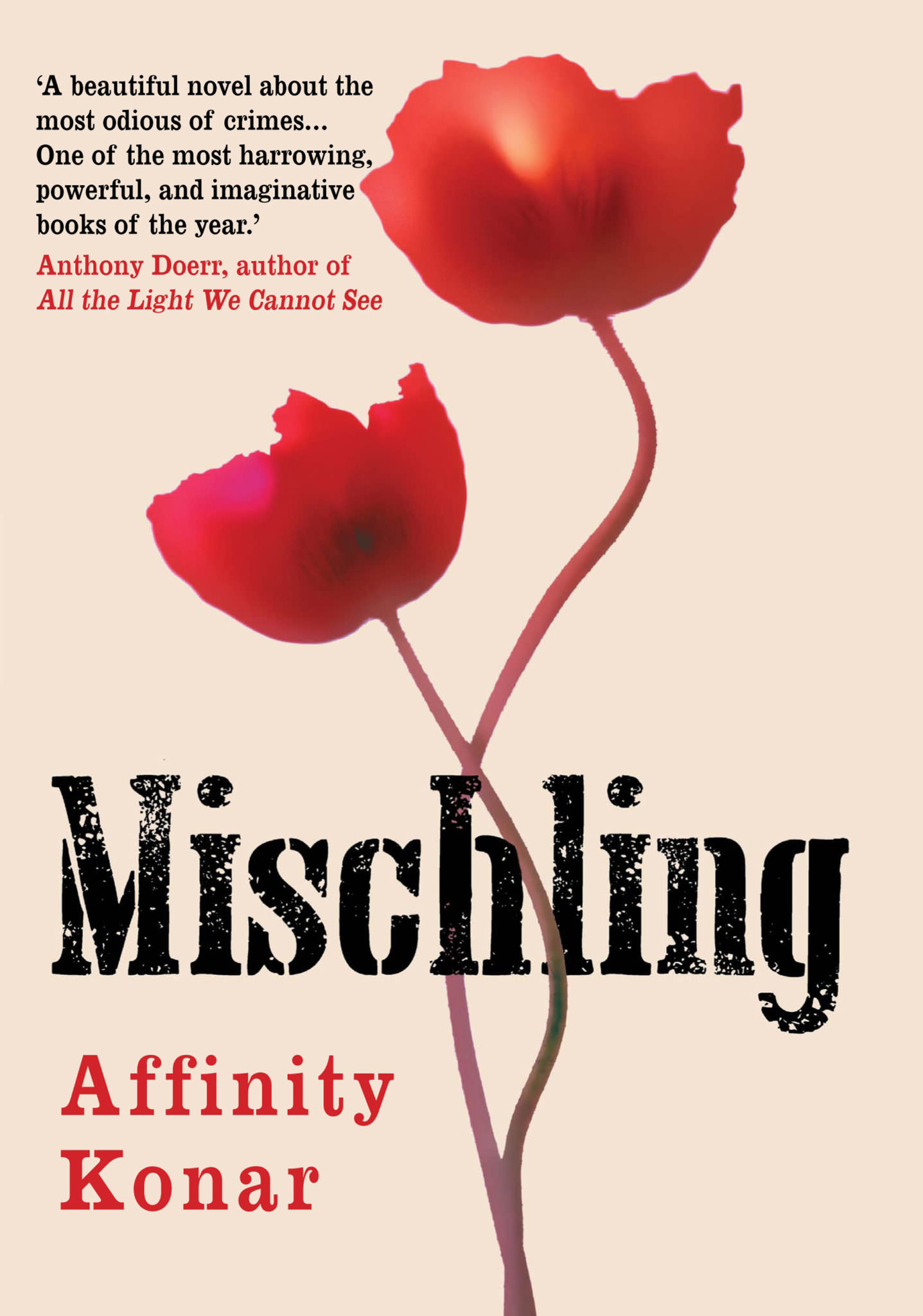
The Straits Times – Pearl and Stasha Zamorski are identical twins in Auschwitz. At first, this is their saving grace; later, it becomes their ruin.
The Zamorski twins are fictional, but much of Affinity Konar’s debut novel, Mischling, is steeped in fact, making it a harrowing and, sometimes, heartbreaking read.
History has told us the end of this story – out of about 3,000 twins who arrived at the concentration camp, only about 200 survived the Holocaust. From page two, when the girls are huddled side by side in a cattle car, the odds are stacked against them.
Despite that, it is easy to root for the 12-year-old Zamorski girls, who are identical in appearance, but vastly different in nature.
Pearl, quiet and thoughtful, becomes the “keeper of time and memory”. Diligently, she recalls their former lives, even as the horrors of the concentration camp – a dead girl sharing their bed, an experiment that leaves Stasha deaf in one ear – threaten to overwhelm.
Stasha, younger by 10 minutes, becomes her protector. “If I was honest, I would have said that Pearl was – to my mind – the weaker of the two of us, and I thought I could protect her if I became her.”
Konar establishes their bond in the first half of the novel, building their reliance on each other even as “Angel of Death” Josef Mengele’s cruel experiments create separation where there once was none.
Stasha receives a shot of “deathlessness”; Pearl gets injections that leave her fevered, weak and close to death. Their pain is shared and doubled.
Still, Konar’s descriptions are deft and light, evoking Pearl’s and Stasha’s childlike spirits that soften the cruelty around them, offering spots of relief in an otherwise dark Holocaust novel.
Mischling refers to people of mixed Aryan and Jewish ancestry during Nazi Germany, but the mixed blood could just as well be referring to the twins, embossed on each other since birth. “For eight months we were afloat in amniotic snowfall, two rosy mittens resting on the lining of our mother.”
The girls complete each other’s thoughts, feel each other’s pain and play games that only twins can. Sitting back to back, they draw pictures in the dirt that prove identical, just like their yellow hair and tiny frames.
In keeping with historical accuracy, part two of Mischling moves beyond the camp, to its liberation by the Soviet Army. The paths of the twins diverge and the novel is weaker for it.
Stasha sets out on a wild goose chase for revenge against their captor, while beautiful, damaged Pearl is a crippled shadow of her former self, visiting present-day events such as the Nuremberg trials in flash-forwards that prove jarring against the backdrop of her recovery.
But references to history keep the overall novel grounded, such as the depiction of Jewish resistance fighters that readers may recognise in Holocaust literature.
Some references are more obscure, such as the Warsaw zoo that sheltered Jewish children, but they provide a springboard into the annals of history.
That, perhaps, is Mischling’s power amid its non-fiction World War II counterparts.
Konar makes us care about her twin protagonists and, for that reason, we are compelled to follow their story to its end, no matter how distressing the journey is.
“This is what I wish the world would see,” muses Pearl as she is leaving Auschwitz behind. Konar’s writing makes sure we do.
Originally published HERE
